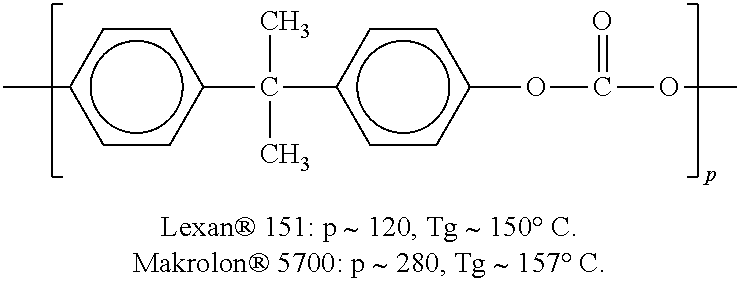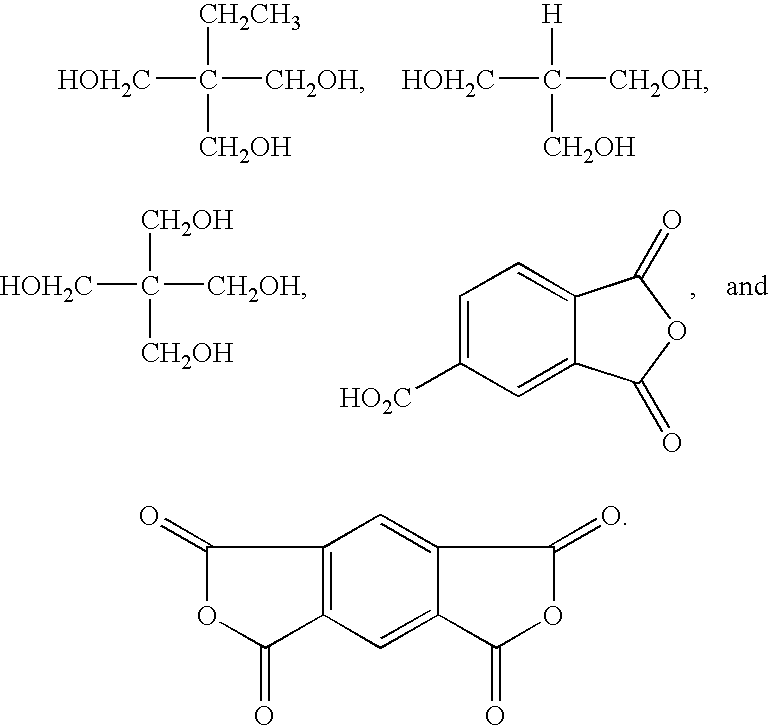Aqueous subbing for extruded thermal dye receiver
a technology of extruded thermal dye and extruded dye, which is applied in the direction of thermal imaging, coating, printing, etc., can solve the problems of insufficient stability to light fading, inability to achieve dye transfer densities, and relatively expensive manufacturing of modified polycarbonates, etc., to achieve excellent dye uptake, improve image recording elements, and improve the effect of image properties and economic manufactur
- Summary
- Abstract
- Description
- Claims
- Application Information
AI Technical Summary
Benefits of technology
Problems solved by technology
Method used
Image
Examples
examples 1 and 6
[0112 and comparative sample Comp. 1 were printed in a KODAK EASYSHARE Printer Dock G600, a thermal home printer with “full bleed” (i.e., borderless printing, providing a print with edge-to-edge image coverage) under identical conditions. All samples demonstrated equivalent sensitometry. However, Examples 1 and 6 were found to be superior in performance compared to Comp. 1, as Examples 1 and 6 printed flawlessly without any delamination, whereas Comp. 1 printed with occasional delamination, depending on the severity of the printing conditions. The test demonstrated the effectiveness of the aqueous subbing layer of the invention in providing excellent adhesion of the extruded dye receiving layer to the support under a wide range of printing conditions.
PUM
| Property | Measurement | Unit |
|---|---|---|
| thickness | aaaaa | aaaaa |
| RH | aaaaa | aaaaa |
| Tg | aaaaa | aaaaa |
Abstract
Description
Claims
Application Information
 Login to View More
Login to View More - R&D
- Intellectual Property
- Life Sciences
- Materials
- Tech Scout
- Unparalleled Data Quality
- Higher Quality Content
- 60% Fewer Hallucinations
Browse by: Latest US Patents, China's latest patents, Technical Efficacy Thesaurus, Application Domain, Technology Topic, Popular Technical Reports.
© 2025 PatSnap. All rights reserved.Legal|Privacy policy|Modern Slavery Act Transparency Statement|Sitemap|About US| Contact US: help@patsnap.com



